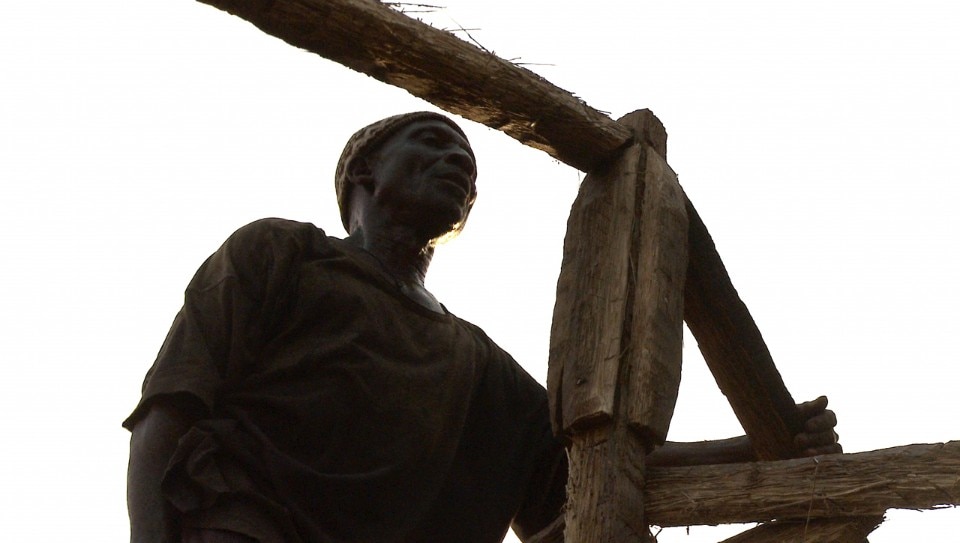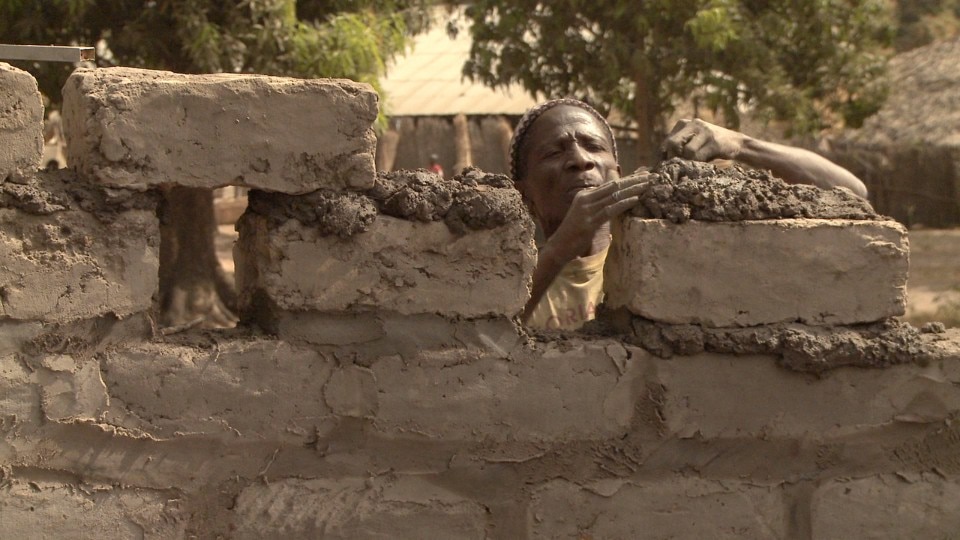A number of geographically distant African countries with a shared legacy of Portuguese colonial past became the focus of a cultural project that saw numerous artists involved in local research.
The countries chosen are the five Portuguese-speaking African Republics of Angola, Cape Verde, Guinea-Bissau, Mozambique and São Tomé and Príncipe, and the artists are Suleimane Biai + Filipa César, Filipe Branquinho + Tiago Correia-Paulo + Rui Terneiro, Monica de Miranda, Irineu Destourelles, Kiluanji Kia Henda, and Kwame Sousa + René Tavares. The project is called Ilha de São Jorge and it is promoted and coordinated by Beyond Entropy Africa, a research-based organisation practising architecture, urbanism and cultural analysis with a special focus on Africa.

Beyond Entropy asked the artists to work in their relative countries and create videos on the impact this shared history has had on Modernist and today’s urban planning and architecture.
This legacy must not be seen simply as a stylistic model but also as a social and administrative model, imposed on these countries which were forced to abandon their pre-colonial lifestyles and close contact with the environment. This legacy been countered, elaborated, absorbed and rejected has over the years but became strongly rooted and influenced the development of the modern state-nation. It must be taken into consideration if we are to understand how the postcolonial situation developed after acquired independence and how today’s cities were built in a mix of rift and continuity as well as what future new possibilities are in the pipeline.

The works inspired by “Ilha de Sao Jorge” illustrate life in different situations: some very urban ones filled with vitality, fluidity, chaos and entropy, and others that retain a strong relationship with the surrounding environment.
Some artists chose science fiction as the best genre to express the potential changes: the two works in Journey to The Centre of Capricorn by Filipe Branquinho, Tiago Correia-Paulo and Rui Tenreiro paint a poetic and surreal picture of colonial and contemporary architecture in the city of Maputo in Mozambique.


Remaining in Luanda, pictures of a Modernist-looking hotel in the city centre dominate Monica de Miranda’s video Hotel Globo. Scene after scene, Monica de Miranda also narrates the story of the Angolan diaspora.
The highly poetic work Mionga House by Kwame Sousa and René Tavares seizes on the everyday lives of the autochthonous community in the south of the island of São Tomé, where change comes much slower than in the cities and a small community still lives in close communion with surrounding nature. Children and small pigs run freely between wooden huts on the seashore and a gentle wind caresses all things. The pictures instil a sense of essentiality and tranquillity, encouraging contemplation.

The most gripping videos include New Words for Mindelo’s Urban Creole by Irineu Destourelles and Uma Cabana by Suleimane Biai and Filipa César. In the former, the artist renounces images and runs dictionary-like entries of neologisms he has coined across a black background. The terms concisely convey the nature of a fast-changing society. The manners and models of current urban development in the city of Mindelo, Cape Verde, propelled by globalisation, are encapsulated in a number of composite words, as if imitating the typical construction of the Creole language, created by grafting and borrowing. Destourelles highlights the powerful relationship between language and place, and the ability of both to constantly renew themselves. The work is a denunciation of life choices and practices, marked by the harshest disenchantment.

For Uma Cabana, Suleimane Biai and Filipa César imagined the construction of a building as a ritual experience and practice that allows us to articulate historic memory and inscribe it in Guinea-Bissau’s political and social present.
The film is a reflection on architecture and its implications. Its creators prompted the construction of a large traditional round hut but that incorporates devices that are the product of modern knowhow, making it more resistant and usable. It is intended for community use. This type of architecture is dying out and its construction, which involved the entire village population, revived and re-proposed an individual and collective practice in terms of memory and experience, assuming the sense of a collective rite.
It also offered an opportunity to reflect on the effects of colonial and postcolonial policies and on Guinea-Bissau’s present political and social context. Once again, the video speaks of the paradigmatic theme of the house as a cultural form strongly connected to the environment and of the historical and social dynamics on which the concept of “living” rests.

Ilha de São Jorge is a stimulating project, first presented at the Cini Foundation in Venice and then at the HangarBicocca, Milan. It will be screened at the Institute of Contemporary Arts in London on 11 February 2015.










